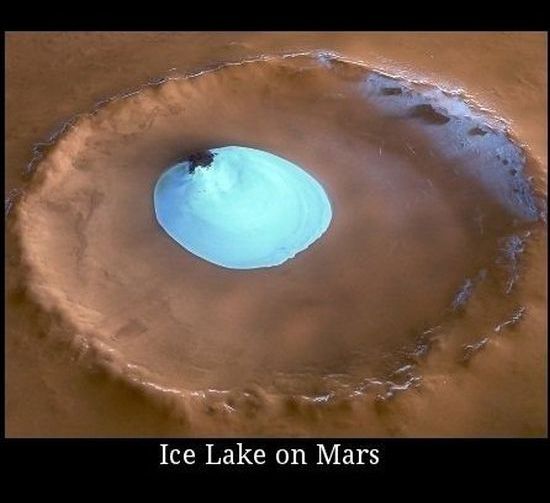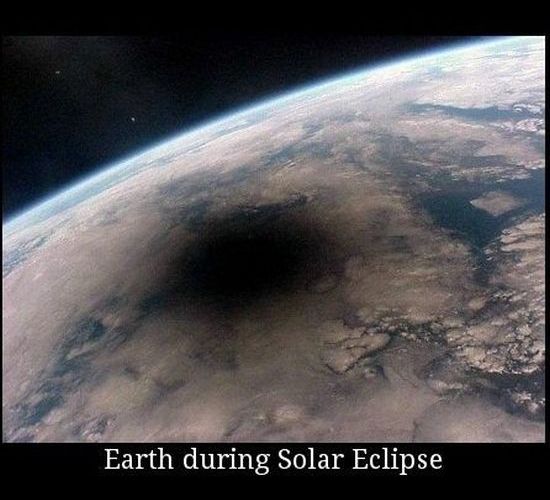

In the past 15 years, astronomers have detected around 800 FRBs, with more being discovered every day. Researchers here at West Virginia University detected the first FRB back in 2007. They release as much energy in a millisecond as the Sun does over many days. The big ideaĪ newly discovered fast radio burst has some unique properties that are simultaneously giving astronomers important clues into what may cause these mysterious astronomical phenomena while also calling into question one of the few things scientists thought they knew about these powerful flares, as my colleagues and I describe in a new study in Nature on June 8, 2022.įast radio bursts, or FRBs, are extremely bright pulses of radio waves that come from faraway galaxies. As it turned out, Herschel had inadvertently built one of the most powerful telescopes in the world, and his comet was, in fact, the first new planet to be discovered since antiquity: Uranus.The Research Brief is a short take about interesting academic work. In 1779, amateur astronomer William Herschel, using a telescope of his own design, discovered what he first thought was an oddly behaving star and later thought was a comet. Fifty years later, planetary scientists proved Stuart's discovery to be a legitimate instance of space weathering. He took a picture of it, and in the process became "the first and only human in history to witness and document the impact of an asteroid-sized body impacting the Moon's scarred exterior," according to NASA. In 1953, an amateur astronomer named Leon Stuart witnessed what appeared to be an explosion on the Moon. They are well-known features of such moons as Enceladus (one of Saturn's satellites), and in 2015, were spotted by amateurs on Comet 29P/Schwassmann-Wachmann. ICE VOLCANOES ON A COMETĬryovolcanoes are just what they sound like: volcanoes that erupt ice as opposed to lava. The spots were once thought to be signs of collisions by foreign bodies, but are now thought to be related to the planet's turbulent weather (see #4). It wasn't the first instance of such a spot being observed, but Hay's study was perhaps the most famous. In 1933, actor and amateur astronomer Will Hay discovered a "white spot" on Saturn. Jupiter's mystifying weather means that its bands sometimes fade and its great red spot changes in size. Photos of Jupiter taken by amateur astronomers in 2010 revealed the disappearance of one of its famous red stripes. Dwarf planet Haumea is now considered the solar system's fastest spinner. Asteroid 2008HJ completes one rotation every 42.7 seconds, and falls under a class of celestial objects called "super-fast rotators," for obvious reasons. In 2008, Richard Miles, a British amateur astronomer, discovered the then-fastest-spinning object in the solar system. THE FASTEST SUPER-FAST ROTATOR IN THE SOLAR SYSTEM (Yes, the ammonia-ice blizzards of Saturn could be seen by home stargazers here on Earth.) 5. Discoveries would then be relayed back to the Cassini team for possible imaging and further study. As the spacecraft's Radio and Plasma Wave Science (RPWS) instrument picked up evidence of possible storms, the information would be relayed to amateur astronomers, who would study Saturn for visual evidence. In 2010, amateur scientists worked with the Cassini spacecraft team to go storm chasing on Saturn. More work needs to be done to confirm the phenomenon (perhaps in conjunction with some future mission there), but such a storm would not be without precedent: Jet streams near Saturn's north pole form a hexagon as well. While processing Voyager 2 images of Neptune, amateur astronomer Rolf Wahl Olsen discovered what appears to be a hexagon-shaped storm. Eighty billion miles away, those two stars are, in turn, orbited by two more stars. The planet, discovered by amateurs, orbits two stars. Tatooine has nothing on planet PH1, which has four suns (of sorts). Studies continue, but the plume and its solar cause might help unlock the mystery of the vanished Martian atmosphere. Scientists later correlated the phenomenon with a coronal mass ejection from the Sun. Mars has clouds, of course, but to form at such a height was unheard of on Mars or Earth.


When amateur astronomers discovered a plume-like cloud on Mars, scientists were at a loss for an explanation.
MOST AMAZING SPACE PHENOMENA PRO
These examples of weird and wonderful planetary phenomena-with an asteroid and comet in there too for good measure-were all first spotted by amateur astronomers, and prove that you don't have to be a pro to make some stellar discoveries.
MOST AMAZING SPACE PHENOMENA PROFESSIONAL
Professional astronomers are responsible for 13 billion years' worth of discoveries about our universe, but the cosmos is a big place, and at-home stargazers have been staring at the sky with a keen eye for a long time, too.


 0 kommentar(er)
0 kommentar(er)
